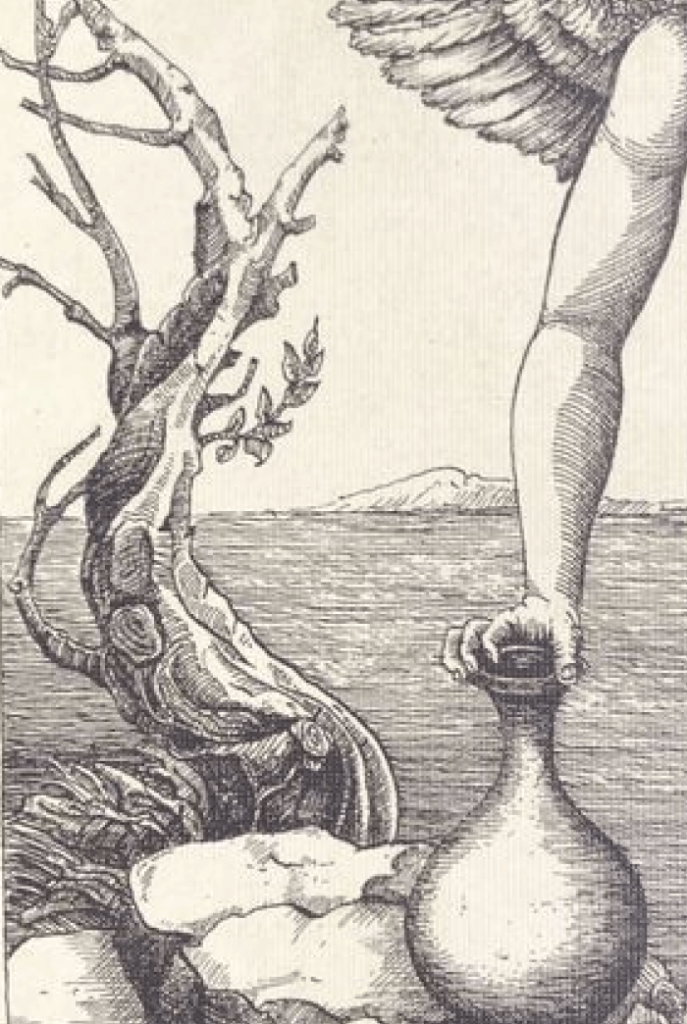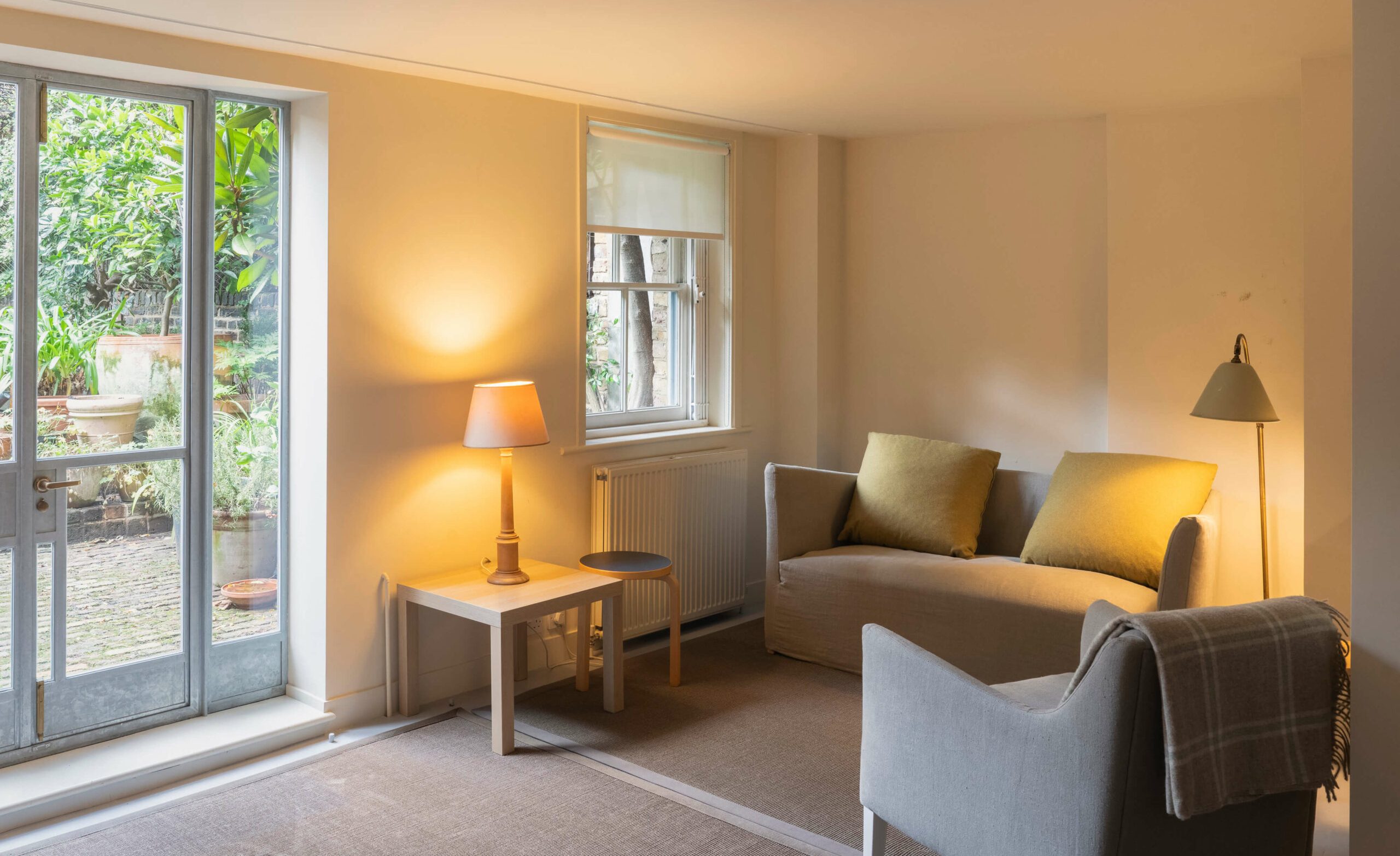
1:1 Sessions
Psychotherapy, Craniosacral Therapy
& Alexander Technique
We have not even to risk the adventure alone; for the heroes of all time have gone before us, the labyrinth is fully known; we have only to follow the thread of the hero-path. And where we had thought to … travel outward, we shall come to the center of our own existence; where we had thought to be alone, we shall be with all the world

Come Home To Yourself
Allow the mind to calm and the body to soften and release. Who are you underneath the noise of the world? What needs to be heard today and on what level? For over 25 years, I have assisted people in profound transformation through bodywork and psychotherapy.
As I am trained in Integrative Transpersonal Psychotherapy, the Alexander Technique and Craniosacral Therapy, my work can help to identify and resolve pain and discomfort, whether manifesting in the body, mind, or more usually a combination of both. Where, after all, do your thoughts and feelings occur if not in the body?
Psychotherapy helps us to understand how our experiences and the stories that we tell ourselves restrict us and shape our lives.
The Alexander Technique helps to identify physical patterns that may be causing restriction and pain and invites a release. It teaches a different way of experiencing and moving through the world.
Craniosacral Therapy shows us the energetic patterns of the habitual physical shapes and habits of mind that accompany those restrictions and allows a deep but subtle sense of inner calm.
I work with people who want to explore new ways of bringing about change in their lives and seek a reconnection to a larger sense of meaning.
I use imagery, symbolism, and myth to help make sense of your world.
“All things want to open. You must feel that need, and use it…” ― Neil Gaiman
Connect with me >
When was the last time that you were listened to with complete attention? The simple act of being truly heard is in itself deeply healing.
Psychotherapy helps us to understand how our life experiences and personal narratives mould our lives, revealing the impact of past history on our present. As an Integrative Transpersonal Therapist, I strongly believe that the past informs rather than dictates our present reality. Carl Rogers suggested that under the right conditions growth and change and personal development will naturally occur. Resolving the crises of life is not an end but a stepping stone to awakening the necessary qualities within.
Transpersonal therapy is concerned with nurturing personal transformation and unlocking creative potential. As an integrative therapist, I actively employ various modalities, personalising the approach to align with each client’s unique needs and qualities.
Transpersonal Psychotherapy is described as uniting the development of a spiritual perspective with the reparative work of psychotherapy. I aim to create a supportive therapeutic environment that helps clients explore self-discovery, personal growth, and empowerment. The work we do is most successful when it is embraced as a ‘Joint Practice,’ where both the client and practitioner stand as equal partners in the therapeutic journey.
Craniosacral Therapy aims to create the conditions in which change can occur. Through a gentle contact the therapist seeks to encourage the body to release long held anxieties and tensions. It is a form of listening without words and as such it can be a powerful and useful support to the talking therapies.
Come and discover the quietness and peace of Craniosacral Therapy:
- A very gentle, light-touch approach that releases tensions deep in the central nervous system.
- Helps you naturally free yourself from pain, stress and discomfort.
- An alternative insight into our ways of dealing with life’s problems.
- Can help to alleviate personal difficulties through the agency of touch.
What Happens During a Craniosacral Therapy Session?
In a typical Craniosacral session, you will usually lie (or sometimes sit) fully-clothed on a treatment couch. The therapist will make contact by placing their hands lightly on your body.
The first thing you will probably notice is a sense of deep relaxation, which will generally last throughout the session. This release of tension often extends into everyday life.
Sometimes the benefits are not immediately apparent but become obvious on returning to a familiar environment. The work is often deeply moving and exhilarating.
To fully benefit from Craniosacral therapy, you may need more than one or two sessions. You and your practitioner will decide on how many sessions will be best for you. I generally suggest a series of 6 sessions, others find that Craniosacral Therapy becomes an on-going valuable resource that supports both their health and well-being.
The Alexander Technique could be described as a hands-on guide to mindfulness. Through a series of lessons we begin to recognise and prevent habits of tension in our everyday lives. It is a simple and practical way in which to improve ease and freedom of movement, balance, support and coordination.
It is well established that how we use our bodies and minds affects how we function:
- The quality of our thoughts and feelings affects the quality of our actions.
- By addressing tensions through the body rather than the mind you can begin to bypass your familiar mental barriers.
- It is not a series of treatments or exercises, rather it is a re-education of the mind and body.
- With time you discover the freedom to begin to think and act in a new way.
- You can start to retrain your body into becoming more co-ordinated, more flexible and more appropriately responsive – literally more intelligent.
What Happens During an Alexander Technique Lesson?
During a lesson, simple everyday movements such as sitting, standing, walking, working at a desk and bending are explored. As part of the lesson involves “tablework”, women may find it easier to wear loose comfortable trousers. A combination of verbal instructions and gentle hands-on guidance help you to become more aware of your body, to create a new awareness and a more fluid way of moving.
“Most people’s unconscious habits take them in a direction of ever-increasing tension, fear and rigidity as they age. But, it doesn’t have to be that way. You don’t have to stiffen and become less mobile. You don’t have to become forced in your behaviour and beliefs. You can learn to use the Alexander Technique to enable you to change and respond ever more appropriately and adaptively in each moment”.
— Missy Vineyard – How You Stand, How You Move, How You Live —
What people say about my work.
Benefits
Better Mind-Body Connection
Combining the Alexander Technique and CST with Psychotherapy enhances awareness of the mind-body connection, encouraging a holistic approach to well-being.
Physical & Mental Release
Psychotherapy allows the space in which to explore and process ‘undigested life experience’. Bodywork helps to identify and release the physical embodiment of this experience.
Stress Reduction
Both bodywork and Psychotherapy can help reduce stress and anxiety, promoting relaxation and mental calmness.
Trauma Healing
Traumatic experience may become ‘frozen’ in our tissues as well as embedded into our emotions. We tighten to protect ourselves from the pain. Working with both the body and mind encourages a richer, more balanced approach.
Enhanced Self-Awareness
Psychotherapy encourages self-reflection and understanding of one’s thoughts and emotions, while bodywork can increase awareness of bodily sensations and manifestations.
Improved Posture & Alignment
The Alexander Technique can promote better posture and alignment, reducing physical discomfort and enhancing overall physical health.
Session Structure
As with any therapy, the relationship you form with the therapist is vital. That is why establishing a baseline for our work together is so important. Therefore, I suggest having an introductory meeting where we explore how my work can meet your needs. We can use this introduction to determine session aims, investigate what we want to accomplish together and determine when we next meet. We may also jump right in and begin with an assessment to determine how you experience the world today and begin to answer, the healing question “What Ails Thee?”.
After the introductory meeting, I would suggest roughly six sessions to continue to explore your individual story, and how it affects the way you move through life.
Schedule a 1:1 session here >

